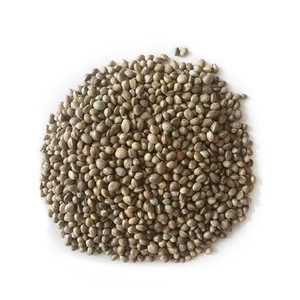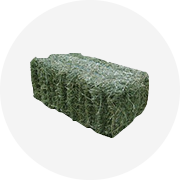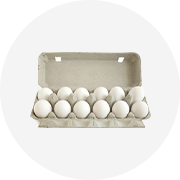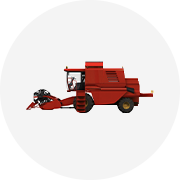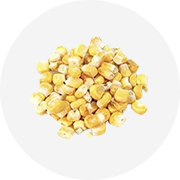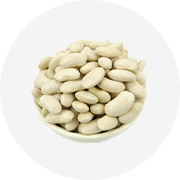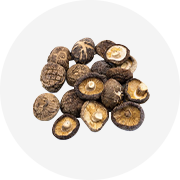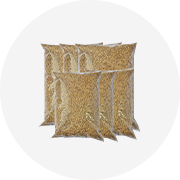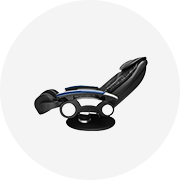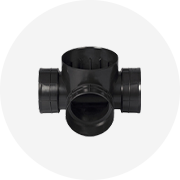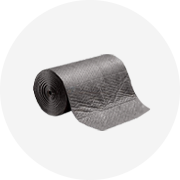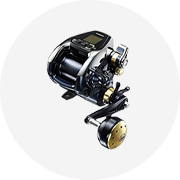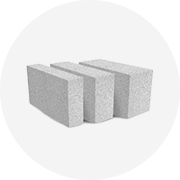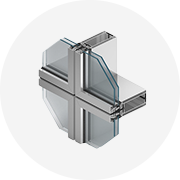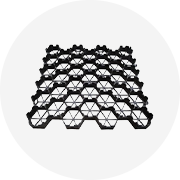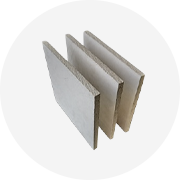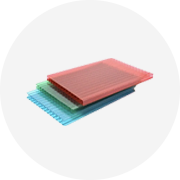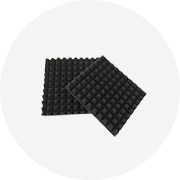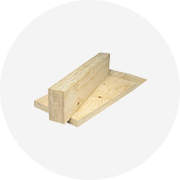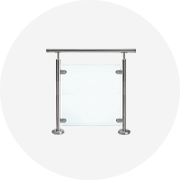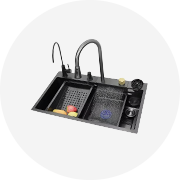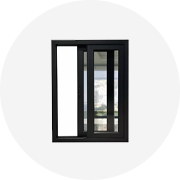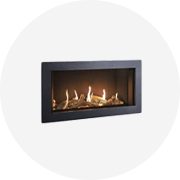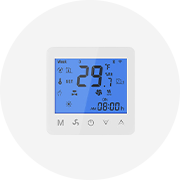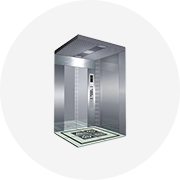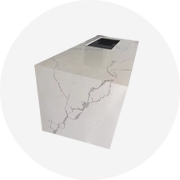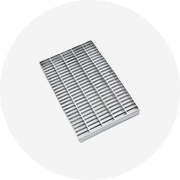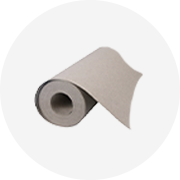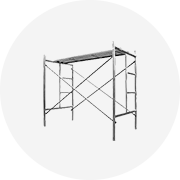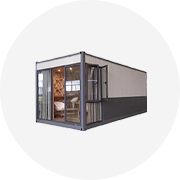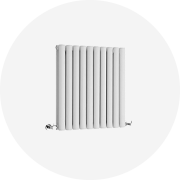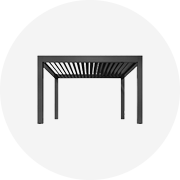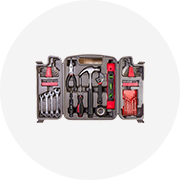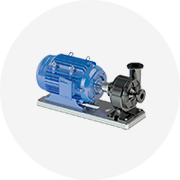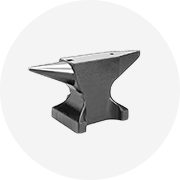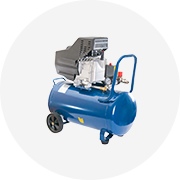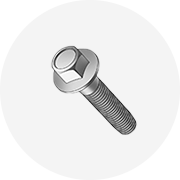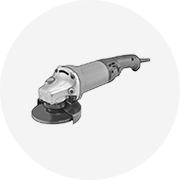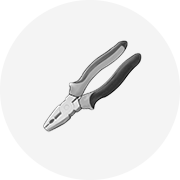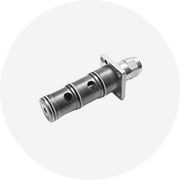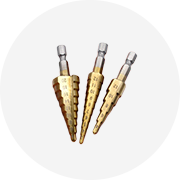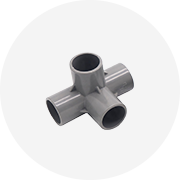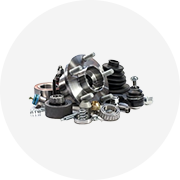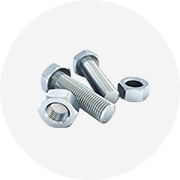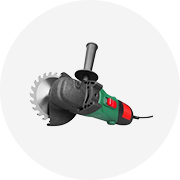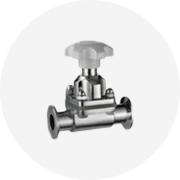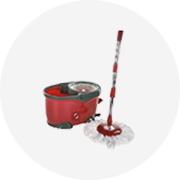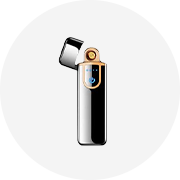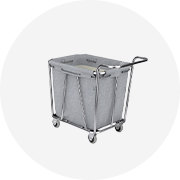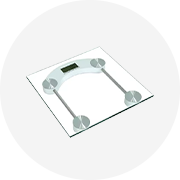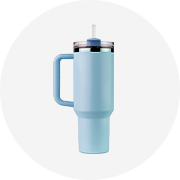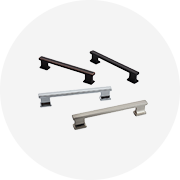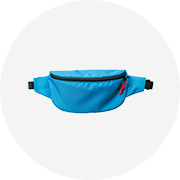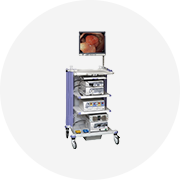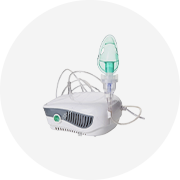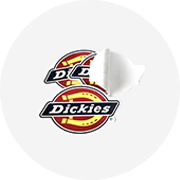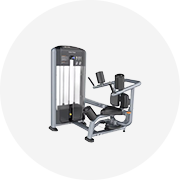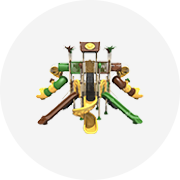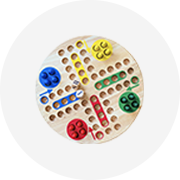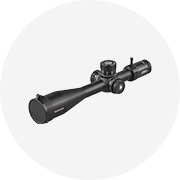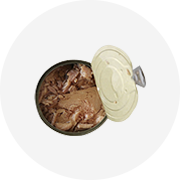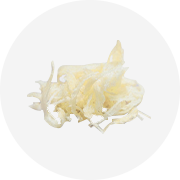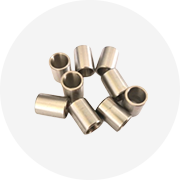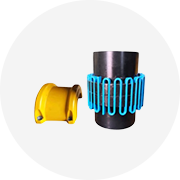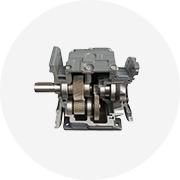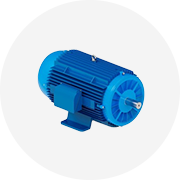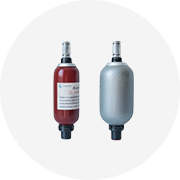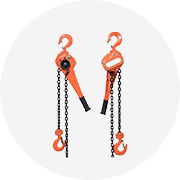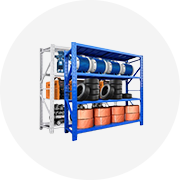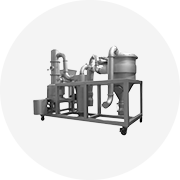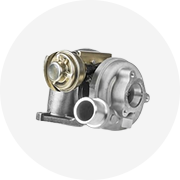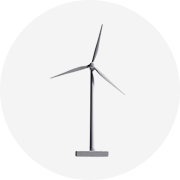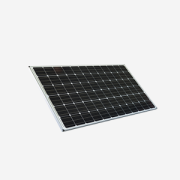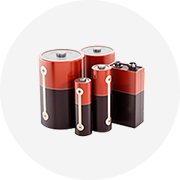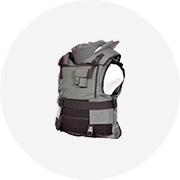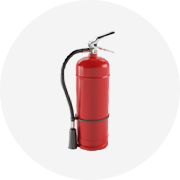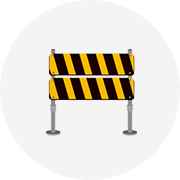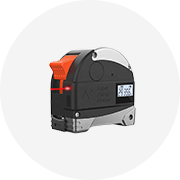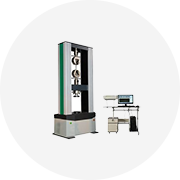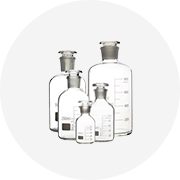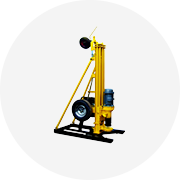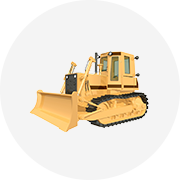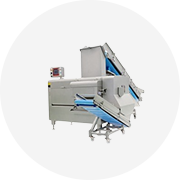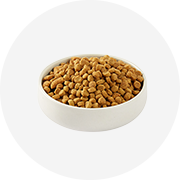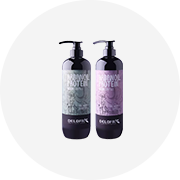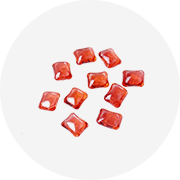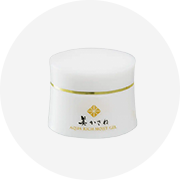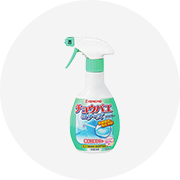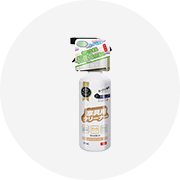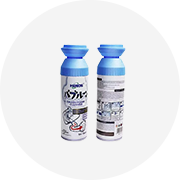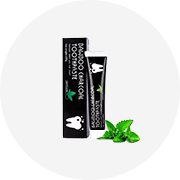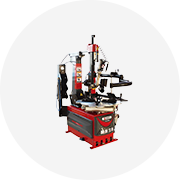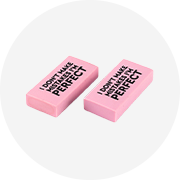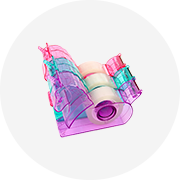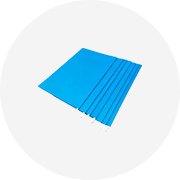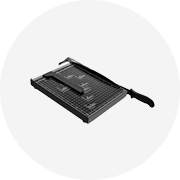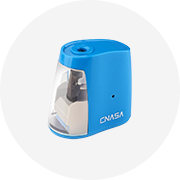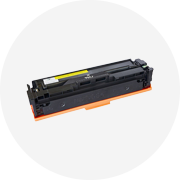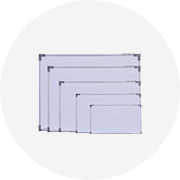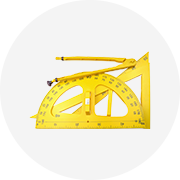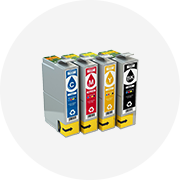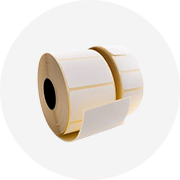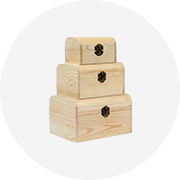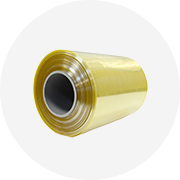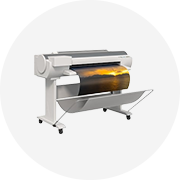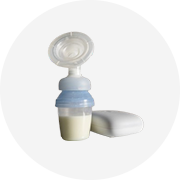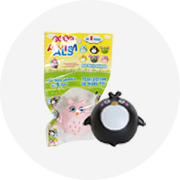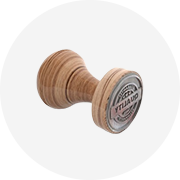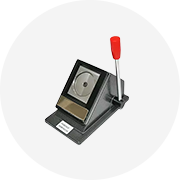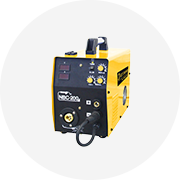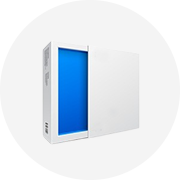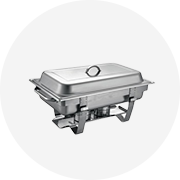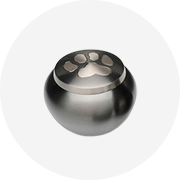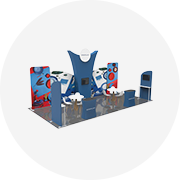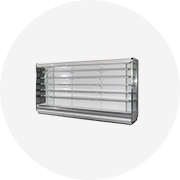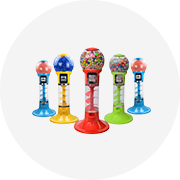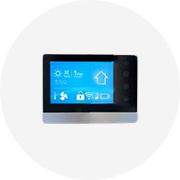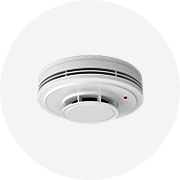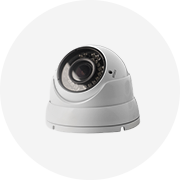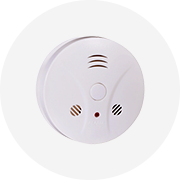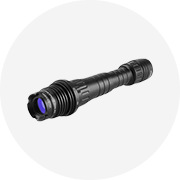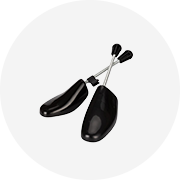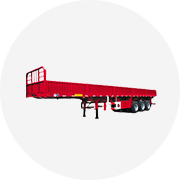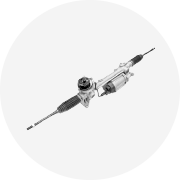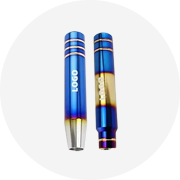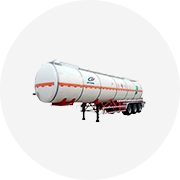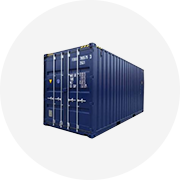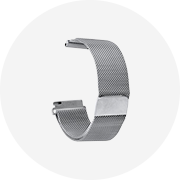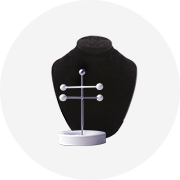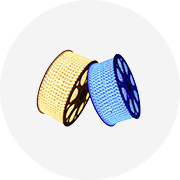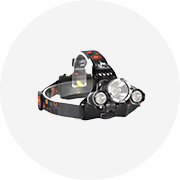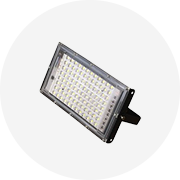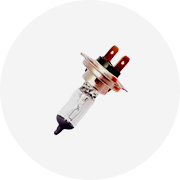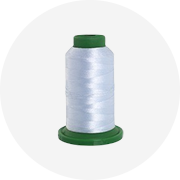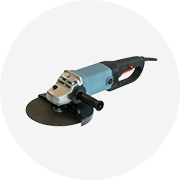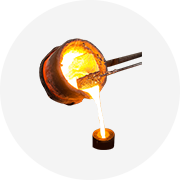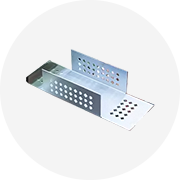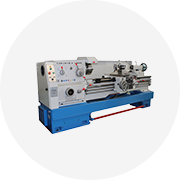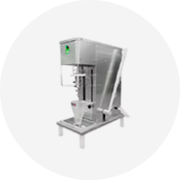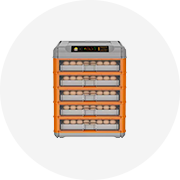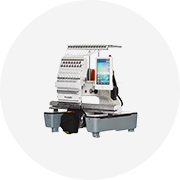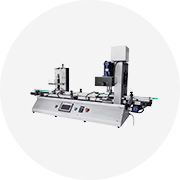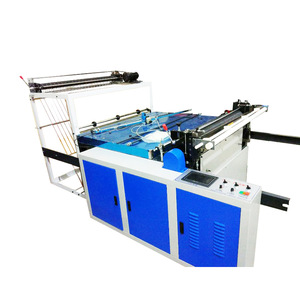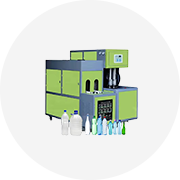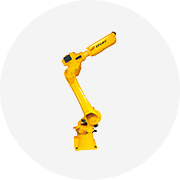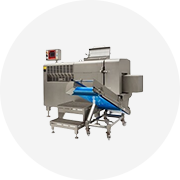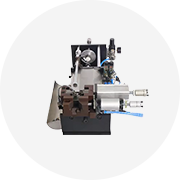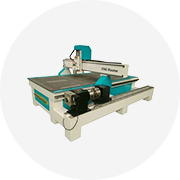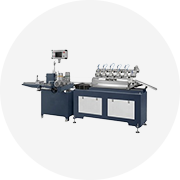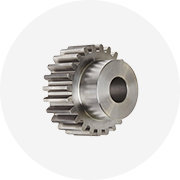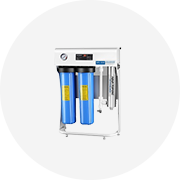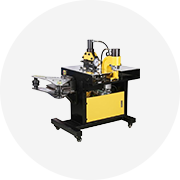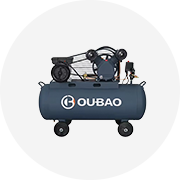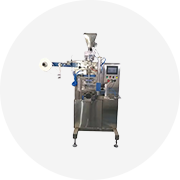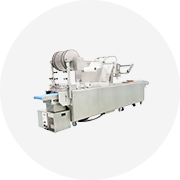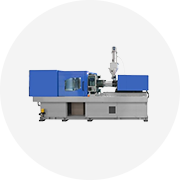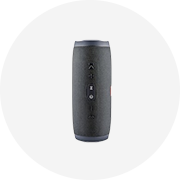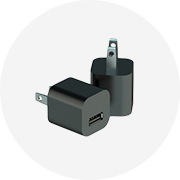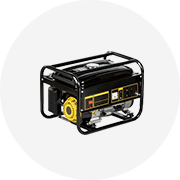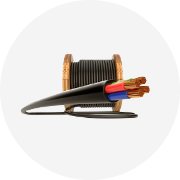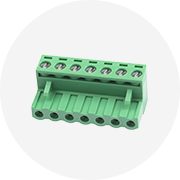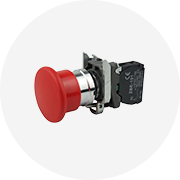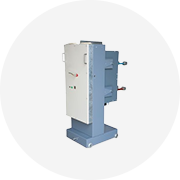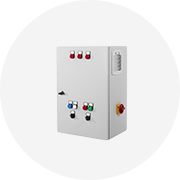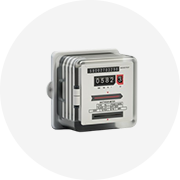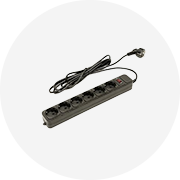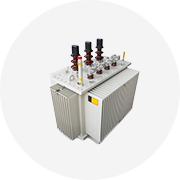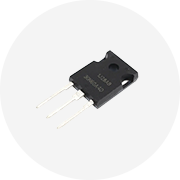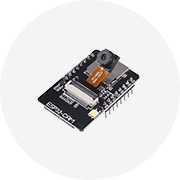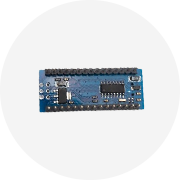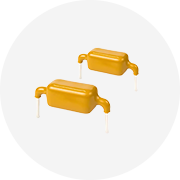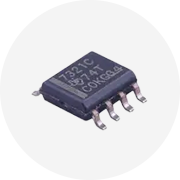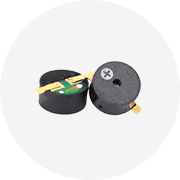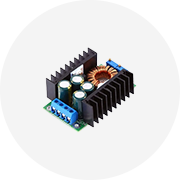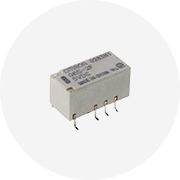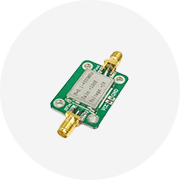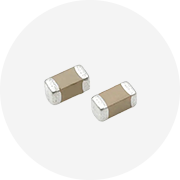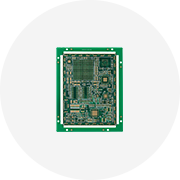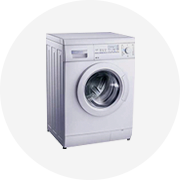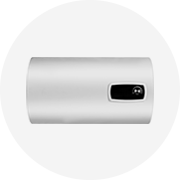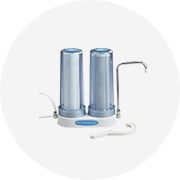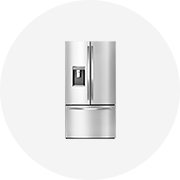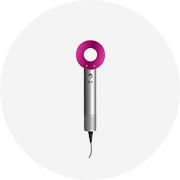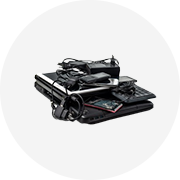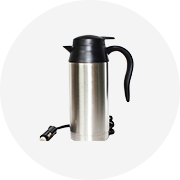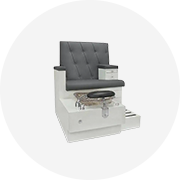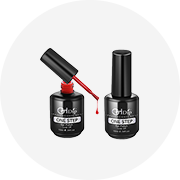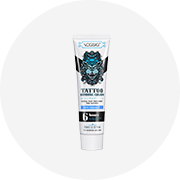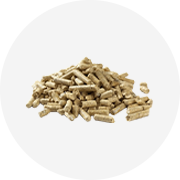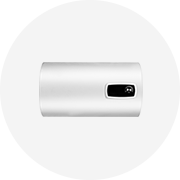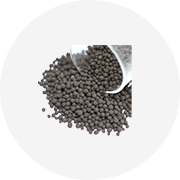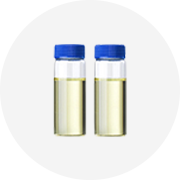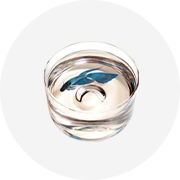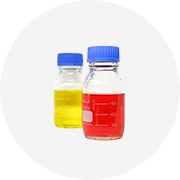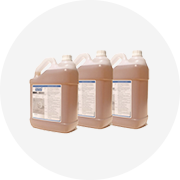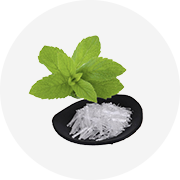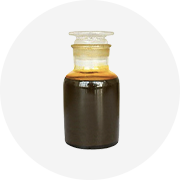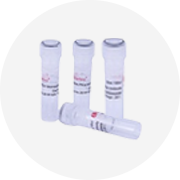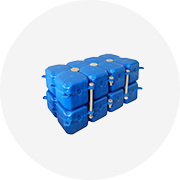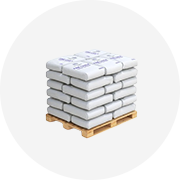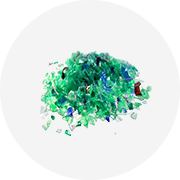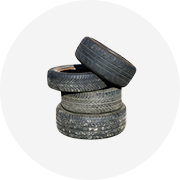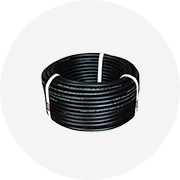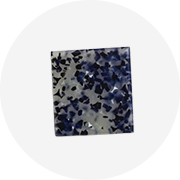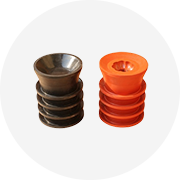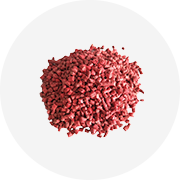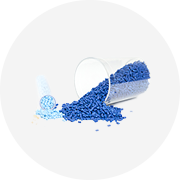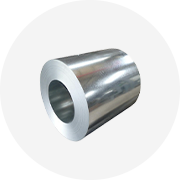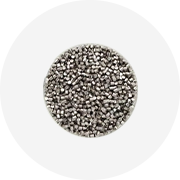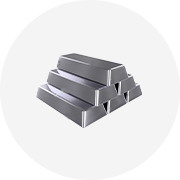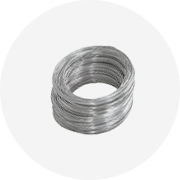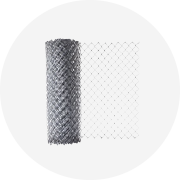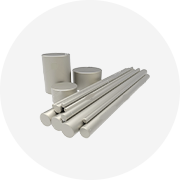-
 Agriculture
Agriculture
-
 Health-Care
Health-Care
-
 Environment
Environment
-
 Construction-Real-Estate
Construction-Real-Estate
-
 Tools-Hardware
Tools-Hardware
-
 Home-Garden
Home-Garden
-
 Furniture
Furniture
-
 Luggage-Bags-Cases
Luggage-Bags-Cases
-
 Medical-devices-Supplies
Medical-devices-Supplies
-
 Gifts-Crafts
Gifts-Crafts
-
 Sports-Entertainment
Sports-Entertainment
-
 Food-Beverage
Food-Beverage
-
 Vehicles-Transportation
Vehicles-Transportation
-
 Power-Transmission
Power-Transmission
-
 Material-Handling
Material-Handling
-
 Renewable-Energy
Renewable-Energy
-
 Safety
Safety
-
 Testing-Instrument-Equipment
Testing-Instrument-Equipment
-
 Construction-Building-Machinery
Construction-Building-Machinery
-
 Pet-Supplies
Pet-Supplies
-
 Personal-Care-Household-Cleaning
Personal-Care-Household-Cleaning
-
 Vehicle-Accessories-Electronics-Tools
Vehicle-Accessories-Electronics-Tools
-
 School-Office-Supplies
School-Office-Supplies
-
 Packaging-Printing
Packaging-Printing
-
 Mother-Kids-Toys
Mother-Kids-Toys
-
 Business-Services
Business-Services
-
 Commercial-Equipment-Machinery
Commercial-Equipment-Machinery
-
 Apparel-Accessories
Apparel-Accessories
-
 Security
Security
-
 Shoes-Accessories
Shoes-Accessories
-
 Vehicle-Parts-Accessories
Vehicle-Parts-Accessories
-
 Jewelry-Eyewear-Watches-Accessories
Jewelry-Eyewear-Watches-Accessories
-
 Lights-Lighting
Lights-Lighting
-
 Fabric-Textile-Raw-Material
Fabric-Textile-Raw-Material
-
 Fabrication-Services
Fabrication-Services
-
 Industrial-Machinery
Industrial-Machinery
-
 Consumer-Electronics
Consumer-Electronics
-
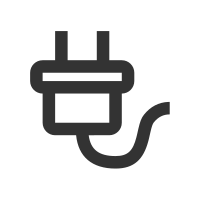 Electrical-Equipment-Supplies
Electrical-Equipment-Supplies
-
 Electronic-Components-Accessories-Telecommunications
Electronic-Components-Accessories-Telecommunications
-
 Home-Appliances
Home-Appliances
-
 Beauty
Beauty
-
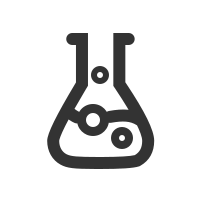 Chemicals
Chemicals
-
 Rubber-Plastics
Rubber-Plastics
-
 Metals-Alloys
Metals-Alloys
- Masonry Materials
- Curtain Walls & Accessories
- Earthwork Products
- Fireproofing Materials
- Heat Insulation Materials
- Plastic Building Materials
- Building Boards
- Soundproofing Materials
- Timber
- Waterproofing Materials
- Balustrades & Handrails
- Bathroom & Kitchen
- Flooring & Accessories
- Tiles & Accessories
- Door, Window & Accessories
- Fireplaces & Stoves
- Floor Heating Systems & Parts
- Stairs & Stair Parts
- Ceilings
- Elevators & Escalators
- Stone
- Countertops, Vanity Tops & Table Tops
- Mosaics
- Metal Building Materials
- Multifunctional Materials
- Ladders & Scaffoldings
- Mouldings
- Corner Guards
- Decorative Films
- Formwork
- Building & Industrial Glass
- Other Construction & Real Estate
- Wallpapers/Wall panels
- HVAC System & Parts
- Outdoor Facilities
- Prefabricated Buildings
- Festive & Party Supplies
- Bathroom Products
- Household Sundries
- Rain Gear
- Garden Supplies
- Household Cleaning Tools & Accessories
- Lighters & Smoking Accessories
- Home Storage & Organization
- Household Scales
- Smart Home Improvement
- Home Textiles
- Kitchenware
- Drinkware & Accessories
- Dinnerware, Coffee & Wine
- Home Decor
- Golf
- Fitness & Body Building
- Amusement Park Facilities
- Billiards, Board Game,Coin Operated Games
- Musical Instruments
- Outdoor Affordable Luxury Sports
- Camping & Hiking
- Fishing
- Sports Safety&Rehabilitation
- Ball Sports Equipments
- Water Sports
- Winter Sports
- Luxury Travel Equipments
- Sports Shoes, Bags & Accessories
- Cycling
- Other Sports & Entertainment Products
- Artificial Grass&Sports Flooring&Sports Court Equipment
- Scooters
- Food Ingredients
- Honey & Honey Products
- Snacks
- Nuts & Kernels
- Seafood
- Plant & Animal Oil
- Beverages
- Fruit & Vegetable Products
- Frog & Escargot
- Bean Products
- Egg Products
- Dairy Products
- Seasonings & Condiments
- Canned Food
- Instant Food
- Baked Goods
- Other Food & Beverage
- Meat & Poultry
- Confectionery
- Grain Products
- Feminie Care
- Hair Care & Styling
- Body Care
- Hands & Feet Care
- Hygiene Products
- Men's Grooming
- Laundry Cleaning Supplies
- Travel Size & Gift Sets
- Room Deodorizers
- Other Personal Care Products
- Pest Control Products
- Special Household Cleaning
- Floor Cleaning
- Kitchen & Bathroom Cleaning
- Oral Care
- Bath Supplies
- Yellow Pages
- Correction Supplies
- Office Binding Supplies
- Office Cutting Supplies
- Board Erasers
- Office Adhesives & Tapes
- Education Supplies
- Pencil Cases & Bags
- Notebooks & Writing Pads
- File Folder Accessories
- Calendars
- Writing Accessories
- Commercial Office Supplies
- Pencil Sharpeners
- Pens
- Letter Pad/Paper
- Paper Envelopes
- Desk Organizers
- Pencils
- Markers & Highlighters
- Filing Products
- Art Supplies
- Easels
- Badge Holder & Accessories
- Office Paper
- Printer Supplies
- Book Covers
- Other Office & School Supplies
- Stationery Set
- Boards
- Clipboards
- Stamps
- Drafting Supplies
- Stencils
- Electronic Dictionary
- Books
- Map
- Magazines
- Calculators
- Baby & Toddler Toys
- Educational Toys
- Classic Toys
- Dress Up & Pretend Play
- Toy Vehicle
- Stuffed Animals & Plush Toys
- Outdoor Toys & Structures
- Balloons & Accessories
- Baby Food
- Children's Clothing
- Baby Supplies & Products
- Maternity Clothes
- Kids Shoes
- Baby Care
- Novelty & Gag Toys
- Dolls & Accessories
- Puzzle & Games
- Blocks & Model Building Toys
- Toddler Clothing
- Baby Clothing
- Kids' Luggage & Bags
- Arts, Crafts & DIY Toys
- Action & Toy Figures
- Baby Appliances
- Hobbies & Models
- Remote Control Toys
- Promotional Toys
- Pregnancy & Maternity
- Hygiene Products
- Kid's Textile&Bedding
- Novelty & Special Use
- Toy Weapons
- Baby Gifts
- Baby Storage & Organization
- Auto Drive Systems
- ATV/UTV Parts & Accessories
- Marine Parts & Accessories
- Other Auto Parts
- Trailer Parts & Accessories
- Auto Transmission Systems
- Train Parts & Accessories
- Universal Parts
- Railway Parts & Accessories
- Auto Brake Systems
- Aviation Parts & Accessories
- Truck Parts & Accessories
- Auto Suspension Systems
- Auto Lighting Systems
- New Energy Vehicle Parts & Accessories
- Auto Steering Systems
- Wheels, Tires & Accessories
- Bus Parts & Accessories
- Auto Performance Parts
- Cooling System
- Go-Kart & Kart Racer Parts & Accessories
- Air Conditioning Systems
- Heavy Duty Vehicle Parts & Accessories
- Auto Electrical Systems
- Auto Body Systems
- Auto Engine Systems
- Container Parts & Accessories
- Motorcycle Parts & Accessories
- Refrigeration & Heat Exchange Equipment
- Machine Tool Equipment
- Food & Beverage Machinery
- Agricultural Machinery & Equipment
- Apparel & Textile Machinery
- Chemical Machinery
- Packaging Machines
- Paper Production Machinery
- Plastic & Rubber Processing Machinery
- Industrial Robots
- Electronic Products Machinery
- Metal & Metallurgy Machinery
- Woodworking Machinery
- Home Product Manufacturing Machinery
- Machinery Accessories
- Environmental Machinery
- Machinery Service
- Electrical Equipment Manufacturing Machinery
- Industrial Compressors & Parts
- Tobacco & Cigarette Machinery
- Production Line
- Used Industrial Machinery
- Electronics Production Machinery
- Other Machinery & Industrial Equipment
- Camera, Photo & Accessories
- Portable Audio, Video & Accessories
- Television, Home Audio, Video & Accessories
- Video Games & Accessories
- Mobile Phone & Accessories
- Electronic Publications
- Earphone & Headphone & Accessories
- Speakers & Accessories
- Smart Electronics
- TV Receivers & Accessories
- Mobile Phone & Computer Repair Parts
- Chargers, Batteries & Power Supplies
- Used Electronics
- VR, AR, MR Hardware & Software
- Projectors & Presentation Equipments
- Other Consumer Electronics
- Cables & Commonly Used Accessories
- Computer Hardware & Software
- Displays, Signage and Optoelectronics
- Discrete Semiconductors
- Wireless & IoT Module and Products
- Telecommunications
- Connectors, Terminals & Accessories
- Development Boards, Electronic Modules and Kits
- Circuit Protection
- Sensors
- Isolators
- Audio Components and Products
- Integrated Circuits
- Power Supplies
- Relays
- RF, Microwave and RFID
- Electronic Accessories & Supplies
- Passive Components
- PCB & PCBA
- Air Quality Appliances
- Home Appliance Parts
- Heating & Cooling Appliances
- Small Kitchen Appliances
- Laundry Appliances
- Water Heaters
- Water Treatment Appliances
- Refrigerators & Freezers
- Personal Care & Beauty Appliances
- Major Kitchen Appliances
- Cleaning Appliances
- Second-hand Appliances
- Smart Home Appliances
- Other Home Appliances
- Energy Chemicals
- Inorganic Chemicals
- Basic Organic Chemicals
- Agrochemicals
- Admixture & Additives
- Catalysts & Chemical Auxiliary Agents
- Pigments & Dyestuff
- Coating & Paint
- Daily Chemicals
- Polymer
- Organic Intermediate
- Adhesives & Sealants
- Chemical Waste
- Biological Chemical Products
- Surface Treatment Chemicals
- Painting & Coating
- Chemical Reagents
- Flavor & Fragrance
- Non-Explosive Demolition Agents
- Other Chemicals
- Custom Chemical Services
Food & Beverage Machinery

Explore Top Rated Heating Tank Models
Tank Size and Capacity
One of the most crucial factors to consider is the tank's capacity. This is directly related to your home's heating needs and your consumption patterns. Smaller tanks are suitable for homes with lower heating demands or those who prefer more frequent deliveries. Larger tanks, conversely, offer greater convenience with less frequent refills, but require more upfront investment and potentially more space.
Assessing your average annual fuel consumption is vital before deciding on a tank size. Consulting previous heating bills or obtaining an estimate from a heating professional will provide valuable insight into your energy requirements and allow you to select a tank that aligns perfectly with your needs, avoiding both undersized and oversized options.
Material and Construction
Heating oil tanks are typically made from steel or fiberglass. Steel tanks are durable and long-lasting, often coated with protective layers to prevent corrosion. However, they can be susceptible to rust if not properly maintained. Fiberglass tanks, on the other hand, are inherently corrosion-resistant, making them a low-maintenance option. They are also lighter, facilitating easier installation.
The construction of the tank is also important. Double-walled tanks offer enhanced protection against leaks and corrosion, providing added safety and longevity. Look for tanks with reinforced seams and robust construction to ensure durability and resistance to potential damage.
Safety Features
Safety should be a paramount concern when choosing a heating oil tank. Look for tanks equipped with features like overfill protection devices, which prevent accidental spills and potential environmental hazards. A reliable gauge to monitor fuel levels helps in preventing running out of fuel unexpectedly.
Consider tanks with leak detection systems, providing early warning signs of potential problems. Proper grounding and bonding are also crucial for preventing static electricity buildup, which could pose a fire hazard. Regular inspections and maintenance are always recommended, regardless of the tank's safety features.
Installation and Maintenance
The installation process can vary depending on the tank's size and location. Professional installation is highly recommended to ensure compliance with safety regulations and to avoid potential issues. Consider the accessibility of the tank for easy maintenance and future deliveries.
Regular maintenance, including annual inspections and cleaning, is vital for maximizing the tank's lifespan and ensuring its safe operation. This maintenance can extend the tank's life significantly and help prevent costly repairs or replacements.
By carefully considering these factors and researching top-rated models, homeowners can choose a heating oil tank that meets their specific needs and provides reliable heating for years to come. Remember to consult with professionals for personalized recommendations based on your individual circumstances.
The Ultimate Guide to Heating Tanks
Understanding Tank Materials and Their Properties
The material your tank is constructed from significantly impacts its lifespan, heat transfer efficiency, and overall cost. Stainless steel, for instance, offers excellent corrosion resistance and durability, making it ideal for aggressive chemicals or harsh environments. However, it can be more expensive than other options. Fiberglass reinforced plastic (FRP) tanks provide a cost-effective alternative with good chemical resistance, but their thermal conductivity might be lower than that of metal tanks. Choosing the right material is a crucial first step, determined by factors like the liquid being heated, the temperature range, and budgetary considerations.
Further considerations involve the tank's thickness and construction. Thicker walls provide better insulation and reduce heat loss, but increase the overall cost and weight. The design of the tank, including features such as baffles or internal coils, can impact the efficiency of heat distribution and mixing.
Heating Element Selection and Placement
The choice of heating element directly affects the heating efficiency and the uniformity of temperature within the tank. Immersion heaters are a common choice, offering direct heat transfer to the liquid. However, their placement needs careful consideration to prevent localized overheating or uneven temperature distribution. Electric resistance heaters are straightforward and reliable, while steam-based heating offers greater energy density but requires additional infrastructure.
Jacket heaters offer an alternative, providing even heating through the tank wall. This method reduces the risk of localized hotspots but can be less efficient than direct immersion heating, depending on the specific application and insulation. Understanding the pros and cons of each type and their suitability for specific tank sizes and liquid characteristics is vital for optimal performance.
Insulation and Heat Loss Minimization
Minimizing heat loss is paramount for energy efficiency and cost savings. Proper insulation is crucial, not just on the tank itself, but also on any connecting pipes and valves. Different insulation materials offer varying levels of thermal resistance (R-value), and the choice will depend on the operating temperature and ambient conditions. Fiberglass, polyurethane foam, and mineral wool are common choices, each with its own strengths and weaknesses.
Beyond the insulation material, the thickness of the insulation layer significantly affects heat loss. Thicker insulation reduces heat loss but increases the overall cost and size of the system. Optimizing insulation involves finding a balance between minimizing heat loss and managing cost and space constraints.
Safety Considerations and Regulatory Compliance
Heating tanks often involve high temperatures and potentially hazardous materials, necessitating robust safety measures. Over-temperature protection devices are essential to prevent overheating and potential hazards. Pressure relief valves are crucial to prevent dangerous pressure buildup, especially in closed systems. Regular inspection and maintenance are vital to ensure the continued safe operation of the heating tank.
Depending on your location and the type of liquid being heated, regulatory compliance may require adherence to specific safety standards and guidelines. Understanding and meeting these requirements is not only essential for safe operation but also avoids potential legal repercussions.
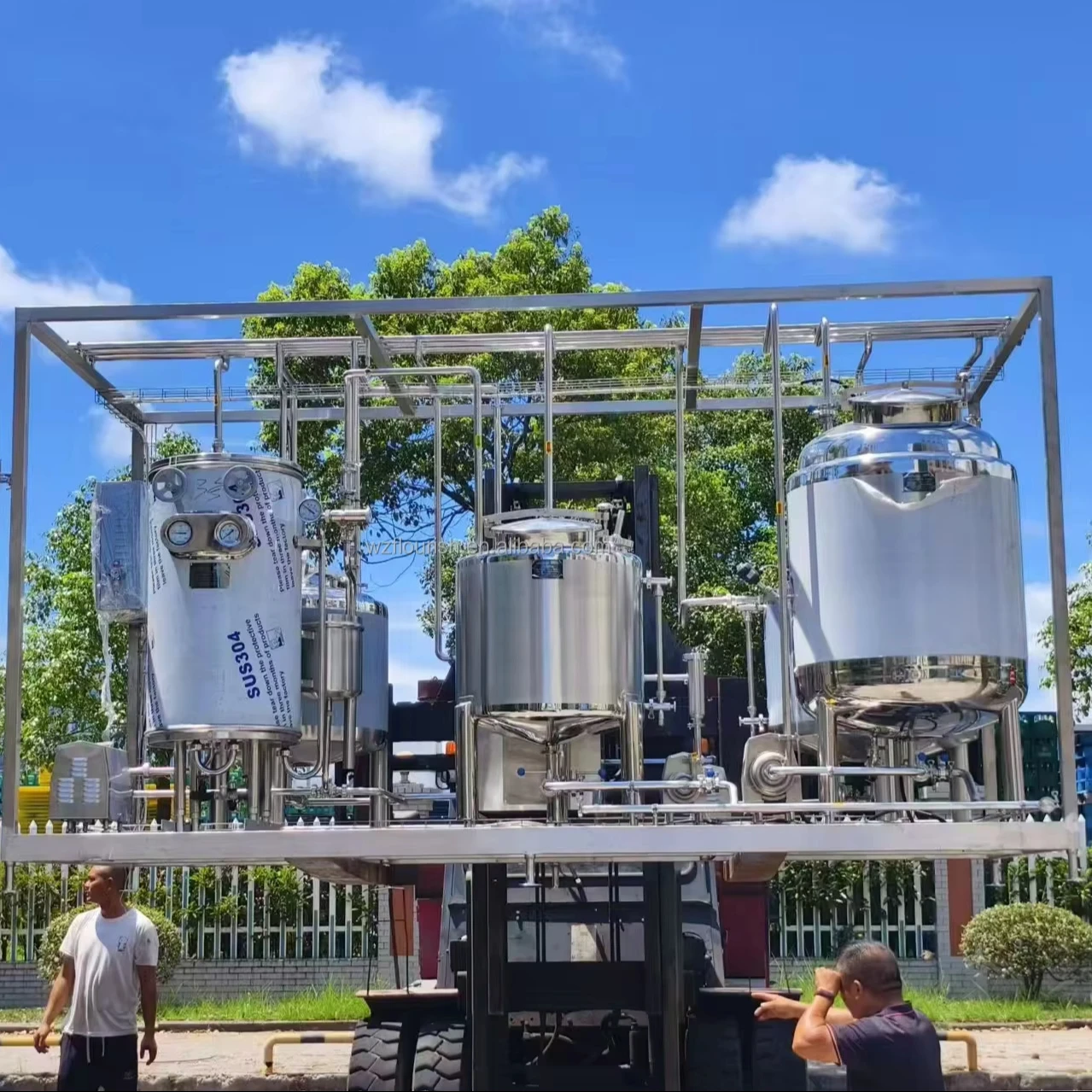
High Performance Agitating Tanks for Industries
Enhanced Mixing Efficiency
The primary function of an agitating tank is, of course, mixing. High-performance tanks achieve superior mixing efficiency through careful design considerations. This includes the strategic placement and type of impeller, the tank geometry (including baffles for improved flow patterns), and the power of the motor driving the impeller. Advanced computational fluid dynamics (CFD) modeling is often employed during the design phase to simulate flow patterns and optimize impeller selection for the specific application and viscosity of the material being processed.
Moreover, the selection of appropriate impellers is critical. Different impeller designs (e.g., axial flow, radial flow, and mixed flow) cater to different viscosity ranges and mixing requirements. A properly chosen impeller ensures uniform mixing, preventing sedimentation and ensuring consistent product quality. Incorrect impeller selection can lead to inefficient mixing, dead zones within the tank, and potentially compromised product quality.
Material Compatibility and Durability
High-performance agitating tanks must be constructed from materials compatible with the substances being processed. This is especially critical in industries handling corrosive chemicals or substances with stringent purity requirements. The choice of materials ranges from stainless steel (various grades offering different levels of corrosion resistance) to specialized polymers, glass-lined steel, or even exotic alloys, depending on the specific application.
Beyond material compatibility, durability is another key factor. The tanks must withstand the constant stress of agitation, the potential for abrasion from the materials being processed, and the possibility of extreme temperature fluctuations. Robust construction, proper welding techniques, and quality control during manufacturing are all crucial to ensure the long-term reliability and longevity of these essential pieces of equipment.
Advanced Control and Monitoring Systems
Modern high-performance agitating tanks incorporate advanced control and monitoring systems to enhance operational efficiency and ensure process consistency. These systems allow for precise control of agitation speed, temperature, and other critical parameters. Automated control systems can optimize mixing parameters based on real-time process data, leading to significant improvements in efficiency and product quality.
Furthermore, integrated monitoring systems provide real-time data on various parameters such as impeller speed, torque, temperature, and pressure. This data can be used for preventative maintenance, allowing for early detection of potential issues and minimizing downtime. The ability to monitor and control these parameters remotely further enhances operational efficiency and allows for remote troubleshooting.
Scalability and Customization
The ability to scale up or down the size of the agitating tank is a significant advantage in many industrial settings. High-performance tanks are often designed with scalability in mind, allowing manufacturers to adapt their production processes as needed. This scalability is crucial for businesses that experience fluctuating demand or that need to adapt to changing product formulations.
Customization is another key feature. High-performance agitating tanks are often tailored to meet the specific needs of a particular application, whether it's the tank size, the type of impeller, the material of construction, or the integrated control systems. This ability to customize the tank design ensures optimal performance for each unique industrial process.

Innovative Solutions for Mixing Tank Design
Computational Fluid Dynamics (CFD) Simulation
The integration of Computational Fluid Dynamics (CFD) simulation has significantly transformed mixing tank design. CFD models allow engineers to virtually test different impeller designs, tank geometries, and operating parameters before physical prototyping. This predictive capability minimizes experimental iterations, reduces development time, and optimizes the tank design for specific mixing requirements. CFD can accurately predict flow patterns, mixing times, and power consumption, leading to more efficient and cost-effective solutions. Further advancements in CFD software are continually expanding its capabilities, allowing for the simulation of more complex fluid behaviors and the incorporation of rheological properties of diverse fluids.
Moreover, CFD modeling allows for the optimization of baffling arrangements within the tank. These baffles help to prevent vortex formation and improve mixing uniformity. CFD simulations can precisely determine the optimal number, placement, and geometry of baffles to maximize mixing effectiveness and minimize energy expenditure. This level of precision is impossible to achieve through traditional empirical methods.
Advanced Impeller Designs
The choice of impeller is paramount in determining mixing efficiency. Innovative impeller designs are constantly being developed to address specific mixing challenges. For instance, high-shear impellers are increasingly utilized in applications requiring rapid and intense mixing, such as homogenization of viscous fluids or the dispersion of solids. These impellers generate high shear stresses, promoting efficient particle breakup and homogeneous mixing. Conversely, low-shear impellers are favored when delicate materials require gentle mixing to avoid damage.
Beyond material selection and blade design, the integration of smart sensors within impellers is also gaining traction. These sensors can provide real-time data on mixing parameters such as torque, speed, and temperature, allowing for dynamic process control and optimization. This real-time feedback enables adjustments to operational parameters based on actual mixing conditions, further enhancing efficiency and product consistency.
Materials and Construction
The selection of tank materials is another crucial aspect of innovative design. The use of advanced materials like corrosion-resistant alloys and polymers expands the applicability of mixing tanks to a wider range of processes involving aggressive chemicals or high temperatures. Furthermore, innovative construction techniques such as 3D printing are being explored to create customized tank designs with complex geometries tailored to specific mixing needs. This customization allows for the optimization of flow patterns and reduces dead zones within the tank, maximizing mixing efficacy.
The development of self-cleaning and easily sanitizable tank surfaces is also vital, particularly within the pharmaceutical and food industries. Innovative coatings and surface treatments are being employed to minimize bacterial buildup and simplify the cleaning process, ensuring hygienic production and preventing contamination.
REPORT

